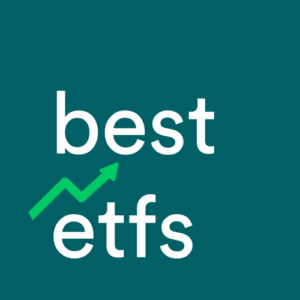The ASX ETF market seems to be growing faster by the day, and one of the ETFs that you might be considering is the BetaShares Active Australian Hybrids Fund (Managed Fund) ETF (ASX: HBRD). In this article, we’ll provide a brief review of the HBRD ETF.
1. Simple exposure
The BetaShares HBRD Fund provides investors with exposure to hybrids. Think of hybrids this way: companies can raise capital by either issuing debt or equity. Debt and equity each have different characteristics, advantages and disadvantages. Hybrid securities have some characteristics of both.
2. Funds Under Management (FUM)
As at the end of last month, the HBRD ETF had $651.27 million of money invested. Given HBRD’s total funds under management (FUM) figure is over $100 million, the ETF has met our minimum criteria for the total amount of money invested, otherwise known as FUM. We draw the line at $100 million for ETFs in the Fixed interest – Australia sector because we believe that relative to smaller ETFs, achieving this amount of FUM derisks the ETF.
[ls_content_block id=”3409″ para=”paragraphs”]
3. Fees & costs matter
With a yearly management fee of 0.55% charged by BetaShares, if you invested $2,000 in the HBRD ETF for a full year you could expect to pay management fees of around $11.00. For context, the average management fee (MER) of all ETFs covered by Best ETFs Australia on our complete list of ASX ETFs is 0.54% or around $10.80 per $2,000 invested. Keep in mind, small changes in fees can make a big difference after 10 or 20 years.
In addition to a yearly management fee, there are other costs investors must consider, including brokerage and taxes. A specific cost for ETF and mFund investors to consider is the buy-sell spread, which is the slippage or ‘invisible’ cost paid by an investor when he or she buys or sells the ETF. For the HBRD ETF, the most recent average monthly buy-sell spread we gathered (April 2020) was 0.25%. Remember, the lower (or ‘tighter’) the buy-sell spread, the better. This buy-sell spread was below the average ETF spread of 0.51%, so that’s a good thing.
Next steps
These are just some of the considerations or factors you would need to look at when weighing up the HBRD ETF. Before doing anything, take a look at our BetaShares HBRD report – it’s free. While you’re at it, don’t forget to search our complete list of ASX ETFs.
[ls_content_block id=”4954″ para=”paragraphs”]




